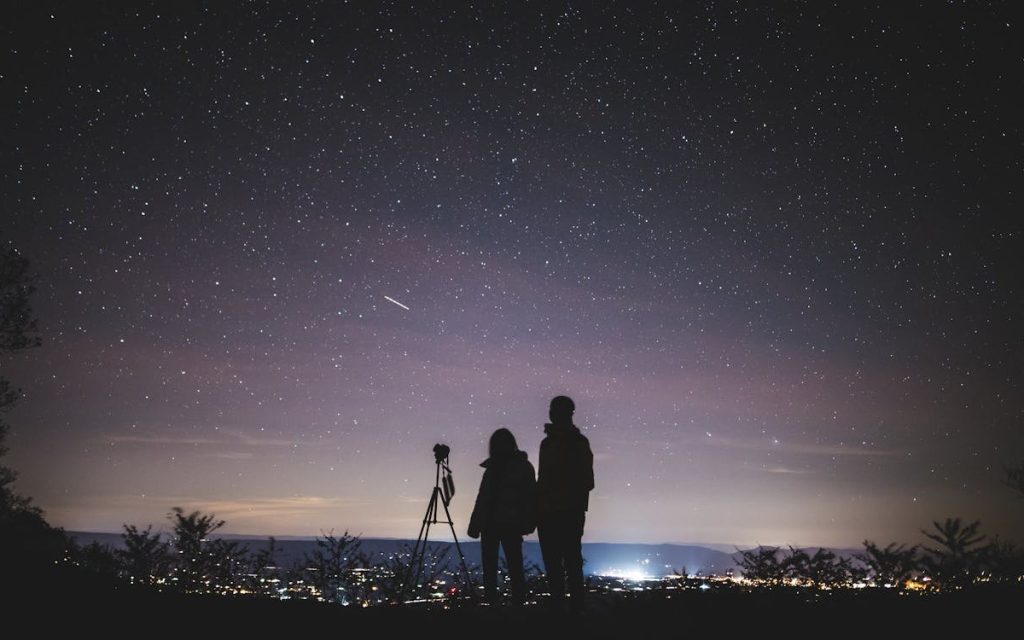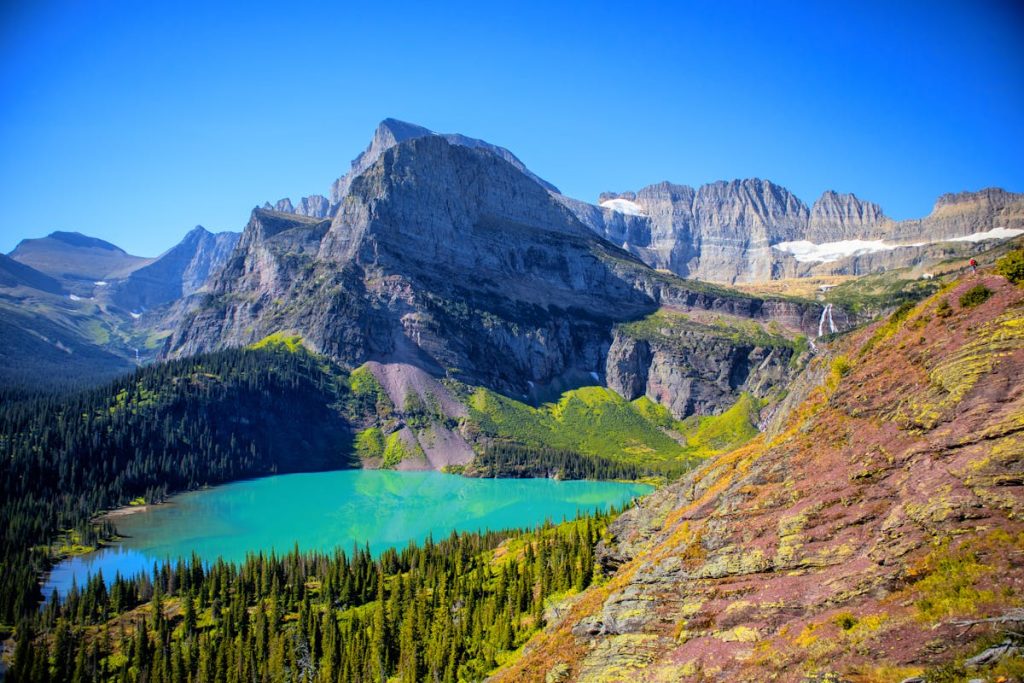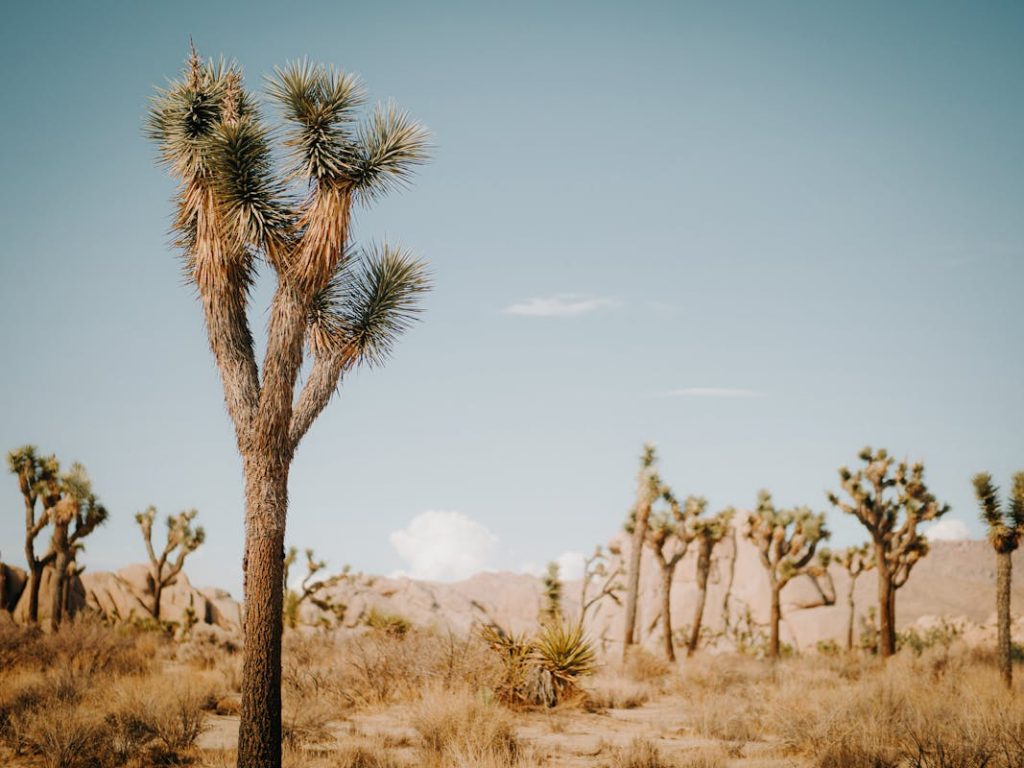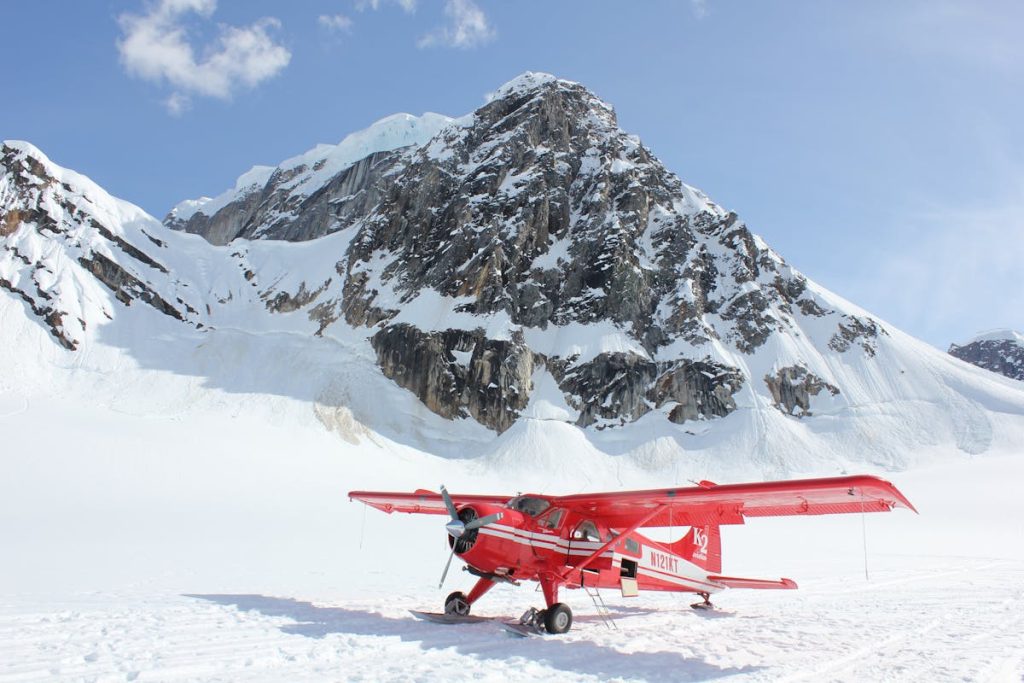
Stargazing Spots Where the Night Sky Feels Endless Few experiences compare to standing beneath a sky untouched by city lights, where every star seems close enough to touch. Across the United States, several remote locations offer incredible stargazing that connects you with the vastness of the cosmos. These places preserve the kind of darkness that reveals the Milky Way in stunning detail, making them perfect for campers, photographers, and dreamers who seek awe in every twinkling light above.
Big Bend National Park, Texas

In far West Texas, Big Bend National Park offers some of the darkest skies in North America. The desert landscape, free from light pollution, lets millions of stars illuminate the night. Visitors often gather near the Rio Grande or Chisos Mountains to spot planets, meteor showers, and even faint galaxies. The stillness of the desert enhances the spectacle, making each night feel timeless and infinite.
Mauna Kea, Hawaii

Perched above the clouds on Hawaii’s Big Island, Mauna Kea is one of the world’s premier stargazing locations. The high elevation and dry air create near perfect visibility for astronomical observation. Visitors often drive to the summit for a breathtaking view of constellations that stretch endlessly across the Pacific sky. It is a place where the natural world meets scientific wonder, offering both clarity and inspiration.
Cherry Springs State Park, Pennsylvania

Cherry Springs State Park is an official International Dark Sky Park, celebrated for its unmatched visibility of the Milky Way. Nestled in the Allegheny Mountains, it provides a 360 degree view of the heavens with minimal light interference. Stargazers gather here year round for special astronomy programs and meteor showers. On a clear night, the dense star fields make it easy to lose track of time under the glittering expanse.
Bryce Canyon National Park, Utah

Bryce Canyon’s unique rock formations and high elevation make it a spectacular stargazing destination. As the sun sets, the crimson hoodoos fade into silhouettes against a deepening blue sky filled with stars. Rangers host astronomy programs that highlight constellations, planets, and nebulae visible to the naked eye. The combination of red rock scenery and celestial brilliance creates an otherworldly nighttime experience.
Great Basin National Park, Nevada

Far from major cities, Great Basin National Park offers one of the darkest night skies in the continental United States. The dry desert air and minimal pollution create ideal conditions for stargazing. Visitors can see up to 5,000 stars on a moonless night, along with the glowing ribbon of the Milky Way. The park’s annual astronomy festival draws enthusiasts eager to explore the cosmic view through powerful telescopes.
Glacier National Park, Montana

Glacier National Park pairs rugged mountain landscapes with dazzling night skies that reflect off pristine lakes. The remote northern location provides clarity rarely found elsewhere, making constellations easy to spot even without equipment. During summer, visitors enjoy ranger led night walks that blend astronomy with stories of nature and history. The park’s stillness and vast horizons make it a true refuge for stargazers.
Joshua Tree National Park, California

Joshua Tree’s desert terrain transforms into a glowing celestial dome after dark. The absence of city light allows countless stars to emerge, creating a dramatic contrast against the park’s iconic rock formations and twisted Joshua trees. Astronomy events and night hikes help visitors identify constellations and planets. The quiet desert air amplifies the sense of solitude, turning every night into an unforgettable experience.
Denali National Park, Alaska

Denali’s extreme northern location makes it one of the few places in the U.S. where you can see both the Milky Way and the northern lights. During late summer and early fall, the sky fills with dancing green and purple auroras that move above snow capped peaks. Its isolation and crisp air make it ideal for deep sky viewing, where the boundary between earth and sky seems to disappear.


